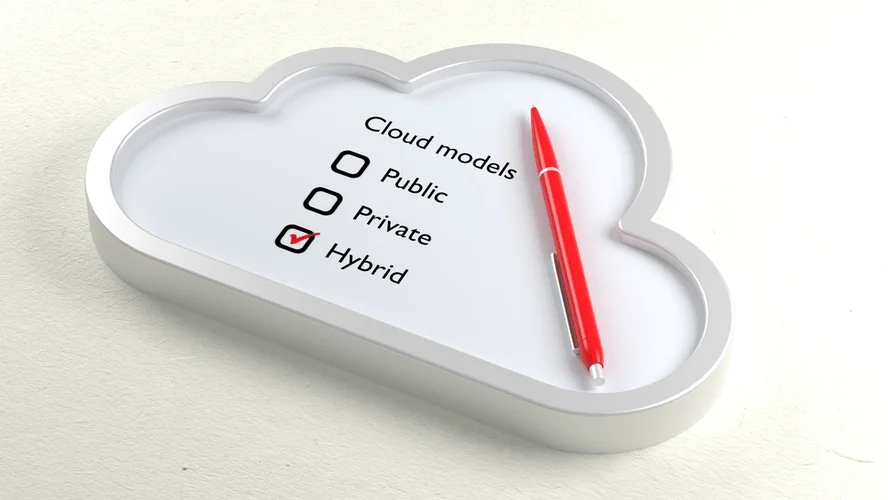They’re the ones designing the layers that will help you plug and play software to suit your customers’ changing requirements. It’s crucial that players in the BaaS ecosystem enable and adopt embedded finance for the right reasons. Brands who see it purely as a cost cutting exercise or to help them outsource something could very quickly fragment their customer experience, rather than enhance it. Being able to deselect a certain merchant category code is something businesses like GPS have offered since day one, but more and more fintechs are learning how to capitalise on these capabilities. The concept of embedded finance is nothing new, it’s just the way we use it has changed.
Buying, selling and trading stocks can happen without leaving the app or working with an investment adviser. Our solutions combine two website embedded payment systems or more of our technologies to solve a specific business need. These are some of the solutions our customers are currently using.
Credit Infrastructure
Embedding financial services helps platforms drive superior economics, increasing customer lifetime value. With minimal incremental customer acquisition costs, platforms can raise average revenues per user, while keeping customers longer. The service gets more entrenched in customers’ respective business processes and adopted by the end users. This creates a virtuous cycle where the “better together” value proposition accelerates customer acquisition, while the additional revenue can be reinvested in the business to spur further growth. We estimate the 2021 US market for platforms and enablers at $22 billion in total revenue across payments, lending, banking, and cards.

The report delves deep into the embedded finance industry, offering a detailed and data-centric analysis across more than 50 segments. Covering key sectors such as lending, insurance, payment, wealth, and asset-based finance, this comprehensive databook provides invaluable insights into the market landscape and emerging trends. Embedded financial services such as ‘buy now, pay later’ options, for example, can increase conversion rates by as much as 30% and reduce the number of abandoned shopping carts. Tesla CEO Elon Musk has even hinted that embedded financial services such as insurance could become a key source of revenue for the motor industry, providing up to 40% of future sales value. Most of these services have a financial core, such as banking, payments, lending, or insurance. Other categories have recently emerged, including compliance , human capital management , and procurement within marketplaces.
What Is Embedded Finance?
We expect this market to more than double to $51 billion by 2026. The transaction value of embedded finance also will surge from $2.6 trillion to $7 trillion in 2026. By making financial products available within the platforms that customers already use, tech companies can reach audiences that banks have had trouble connecting with.
- By providing credit to customers, merchants can effectively earn revenue in the form of interest payments.
- These types of conveniences are becoming table stakes for customer experience.
- We estimate the 2021 US market for platforms and enablers at $22 billion in total revenue across payments, lending, banking, and cards.
- As of 2021, we estimate that around $12 billion in B2B loans transacts via embedded finance.
- Some larger platforms may decide to bring in-house certain enabling services in order to unlock marginal gains across that large scale.
BaaS refers to software services that enable banks to provide digital services to customers or integrate with fintechs and other digital services. The best BaaS providers are transparent and, have deep relationships with banks and fintechs alike, and use nimble and modern API banking technology. If you’ve ever opted to pay for an item in installments online, added insurance to a purchase at checkout, or accessed your bank account from within your accounting software, then you’ve interacted with embedded finance. These types of conveniences are becoming table stakes for customer experience. With the right tools, any company — not just those already involved with finance — can offer them. Any company — not just fintechs — can now offer financial services and embedded banking products on their platform.
Exactly When Apple Will Launch iPhone 15 And iPhone 15 Pro
Providers of financial fabric allow technology companies to more efficiently turn on and scale financial services capabilities using fewer internal resources. These providers are revolutionizing the unit economics for launching banking and payment services. The dozens of startups currently occupying this sector often pitch themselves as 'payments as a service' or 'banking as a service' providers. Ridesharing companies – offering various financial products (e.g., debit cards, instant payouts, digital wallets) to both customers and drivers (e.g., Uber UBER , Grab). In the same study, 45% of small-business owners said they’d be willing to try a new provider if they could manage their finances from a single platform. When you offer embedded financial products, your product becomes essential; your company is no longer just another vendor in the tech stack.

Tesla isn’t only an innovator in electric car design and technology. Since becoming a licensed insurer, the company also offers embedded insurance in a growing number of US states. But the difference is that, the latter is when non-banking businesses provide services which only rely on using banks’ data . BaaS providers enable companies to offer valuable services to their customers without their customers knowing that a third party is involved. Embedded finance is the embedding of financial services into the business processes of non-financial service companies. And for any player looking to enter the embedded finance space, partnerships are the way to go.
Accounts &
Considering the growth of fintech companies, embedded financing models, and banks’ immense effort to revolutionize within, the answer is obviously no. Traditional banking as we know today will become totally incompetent in light of current developments. For banks who are teaming up with young fintechs to keep up, a fundamental change in perspective and redefinition of business models is a must. As one of the most regulated industries, banking services have been a constant pain point for customers.
Embedded lending, more often known as BNPL, is well-known in consumer-focused embedded finance due to the prevalence and success of big businesses. However, a growing B2B BNPL market offers firms a better digital trade credit alternative, eliminating the need for onerous paperwork and drawn-out approval processes. Some larger platforms may decide to bring in-house certain enabling services in order to unlock marginal gains across that large scale. Relevant services could include some credit and market risk functions, as well as sales and support services, such as collections, which touch customers directly. This already occurs in payments, where platforms are becoming payment facilitators to maximize vertical integration and profits. BNPL payments usually come in four installments, paid within 12 months.
Why should you be paying attention to embedded finance?
By providing credit to customers, merchants can effectively earn revenue in the form of interest payments. The clearest example is BNPL solutions that offer credit at the Point of Sale. It is the name of an outsourcing model used in embedded payments, whereby banking services are white-labelled for use by non-banking companies. Examples include online checkouts with embedded payment options to avoid external payment sites or offering add-ons like insurance and extended warranty purchases within the checkout process.

In the near past, people had to contact different providers for each step of the purchasing journey, including payment, insurance, or getting loans, which took days to months. If they wanted to make a substantial purchase, for instance, they had to apply for credit in a physical bank branch. Embedded finance’s extraordinary growth will be driven by the increasing availability of APIs from financial services providers. As these APIs provide easy integration of financial services into non-financial ones, they lower the entry barriers and create a source of revenue for embedded finance providers.
Consumer Products & Retail
Soon, we won’t even be mentioning ‘embedded finance.’ It will keep serving us as a gentle reminder that businesses need to upgrade, and shortly will become the new norm, just like the business world’s good old ‘omnichannel'. https://www.globalcloudteam.com/ These battle lines and alliances will form without much fanfare or awareness by the general public. People don’t care what’s happening under the surface, they just want a more connected and open financial world.

